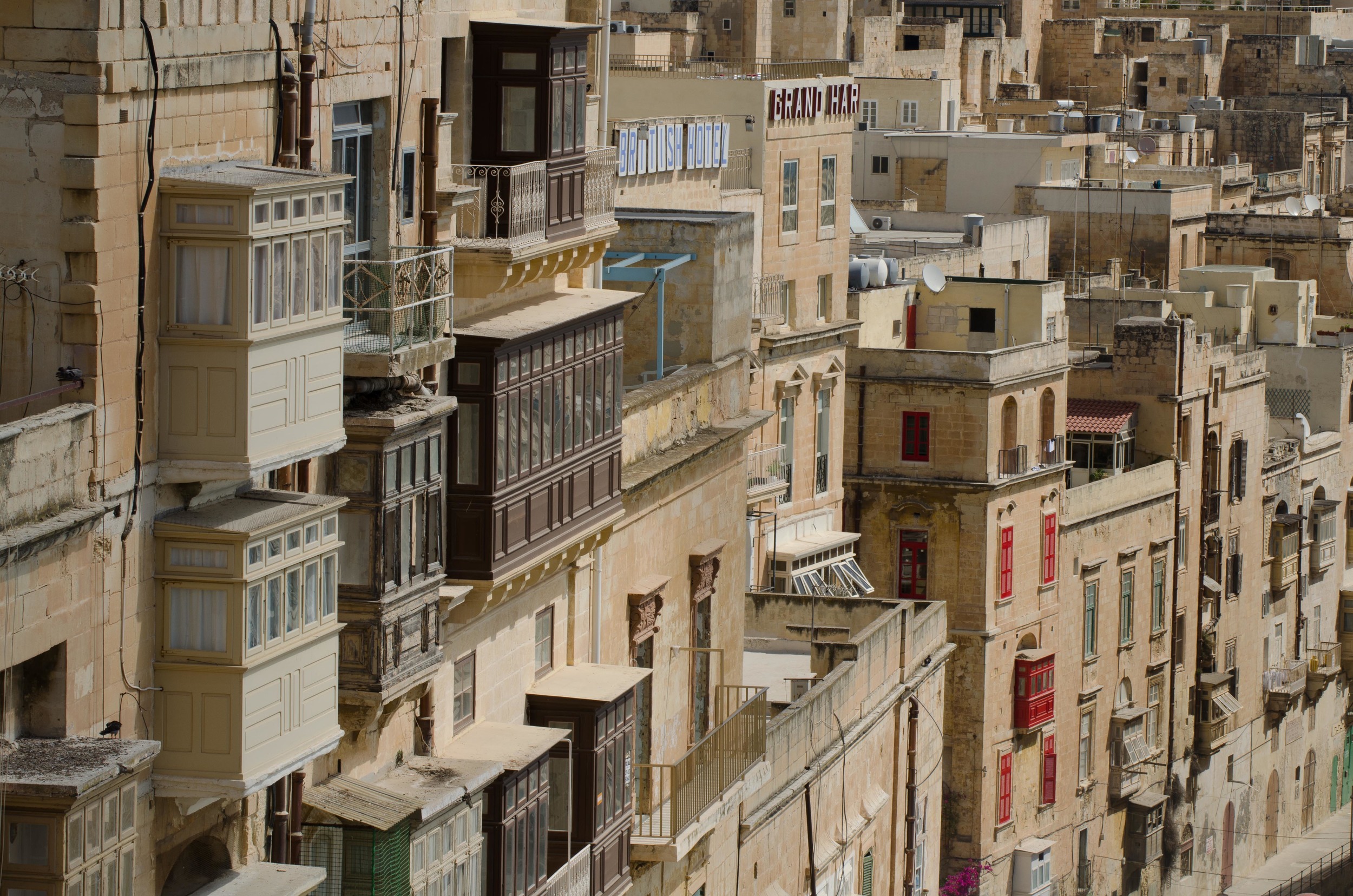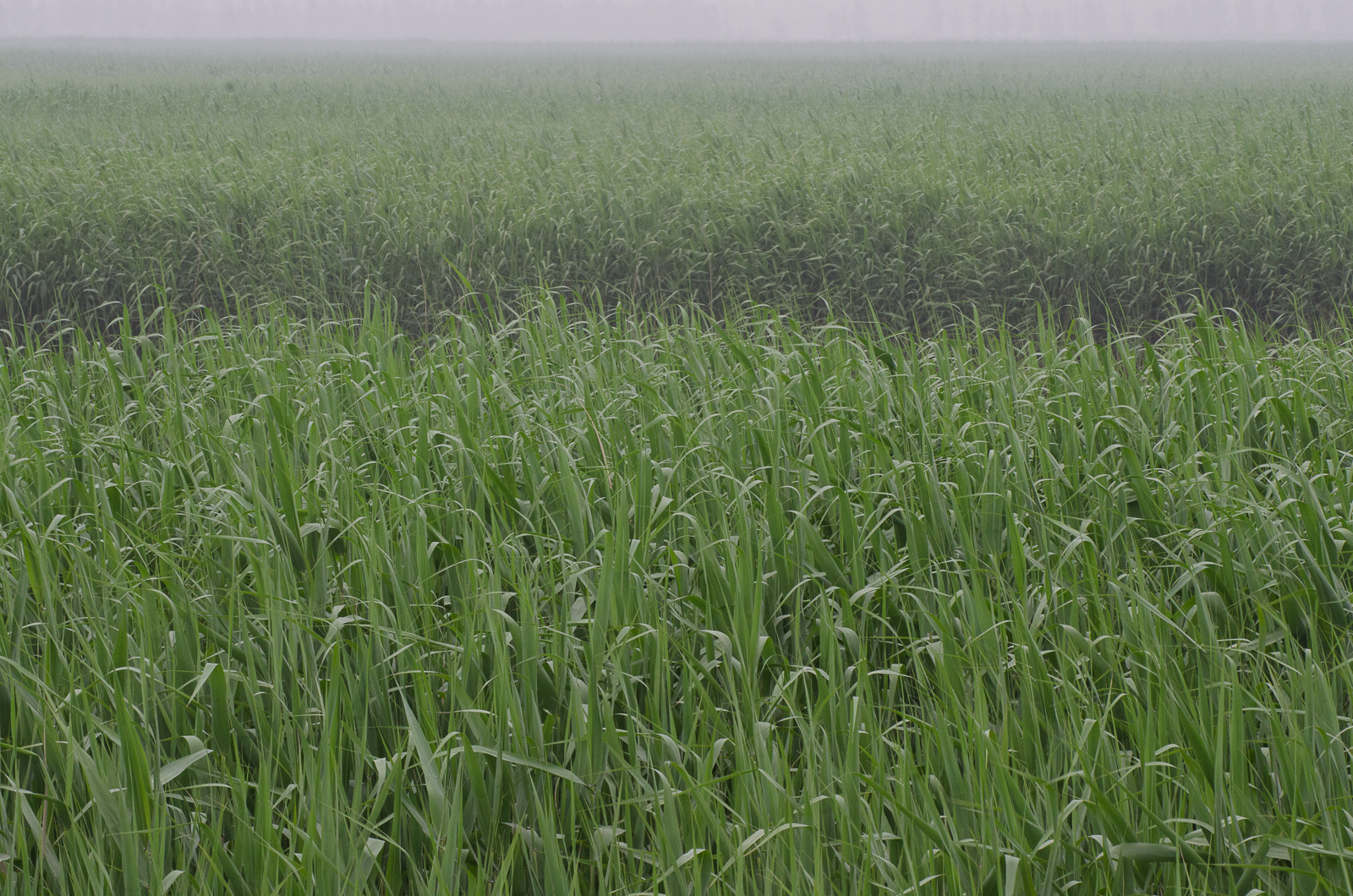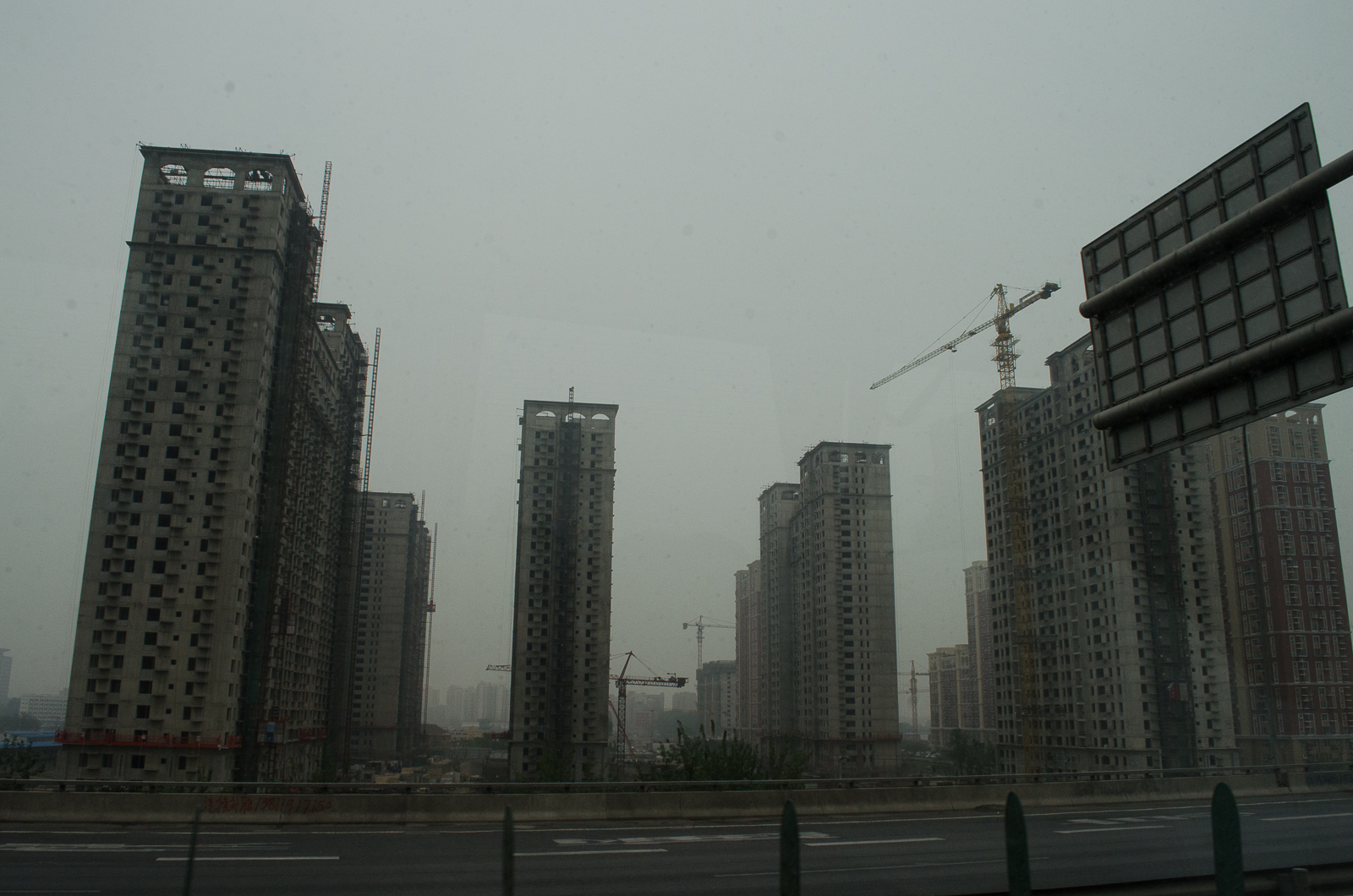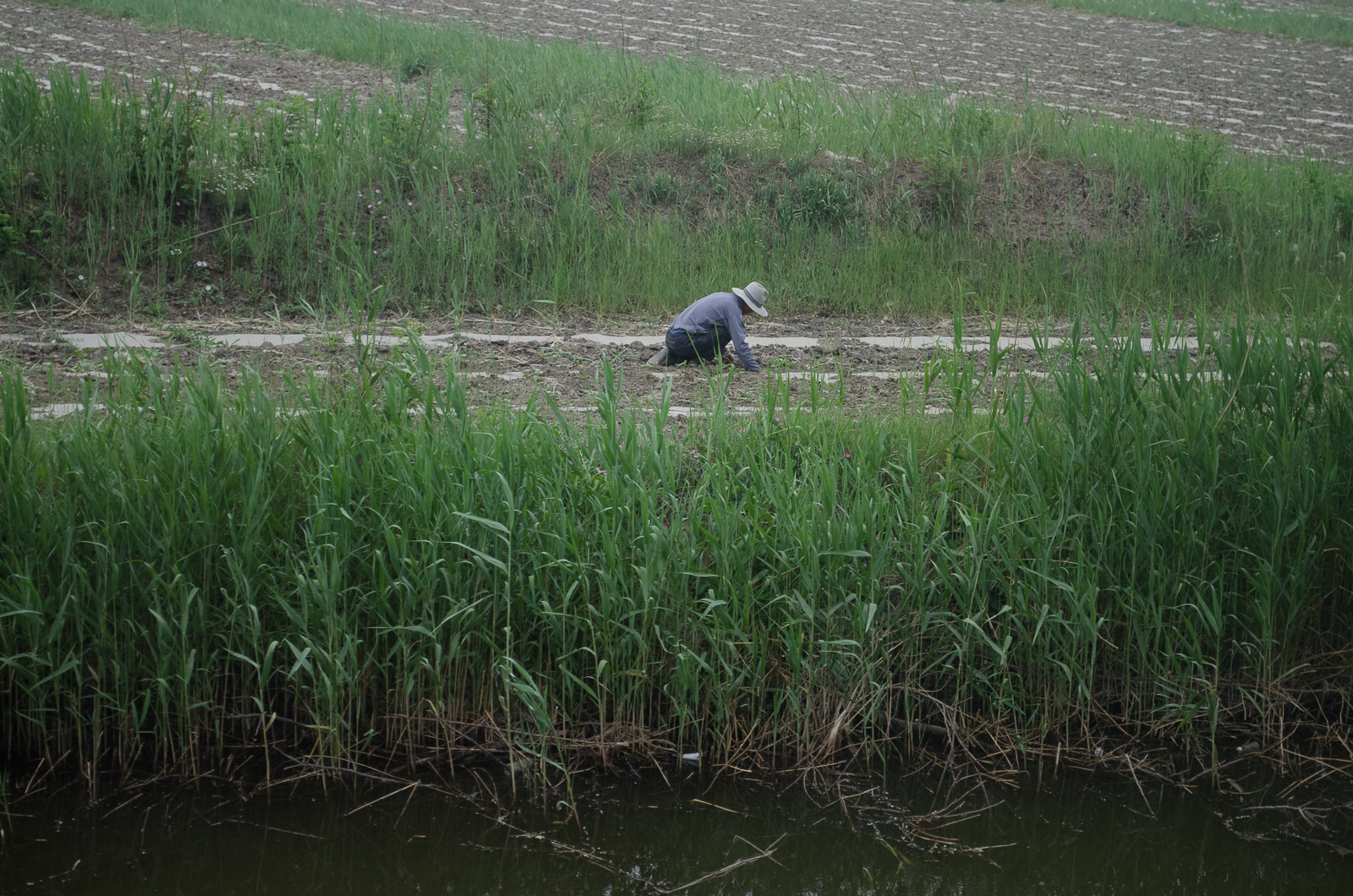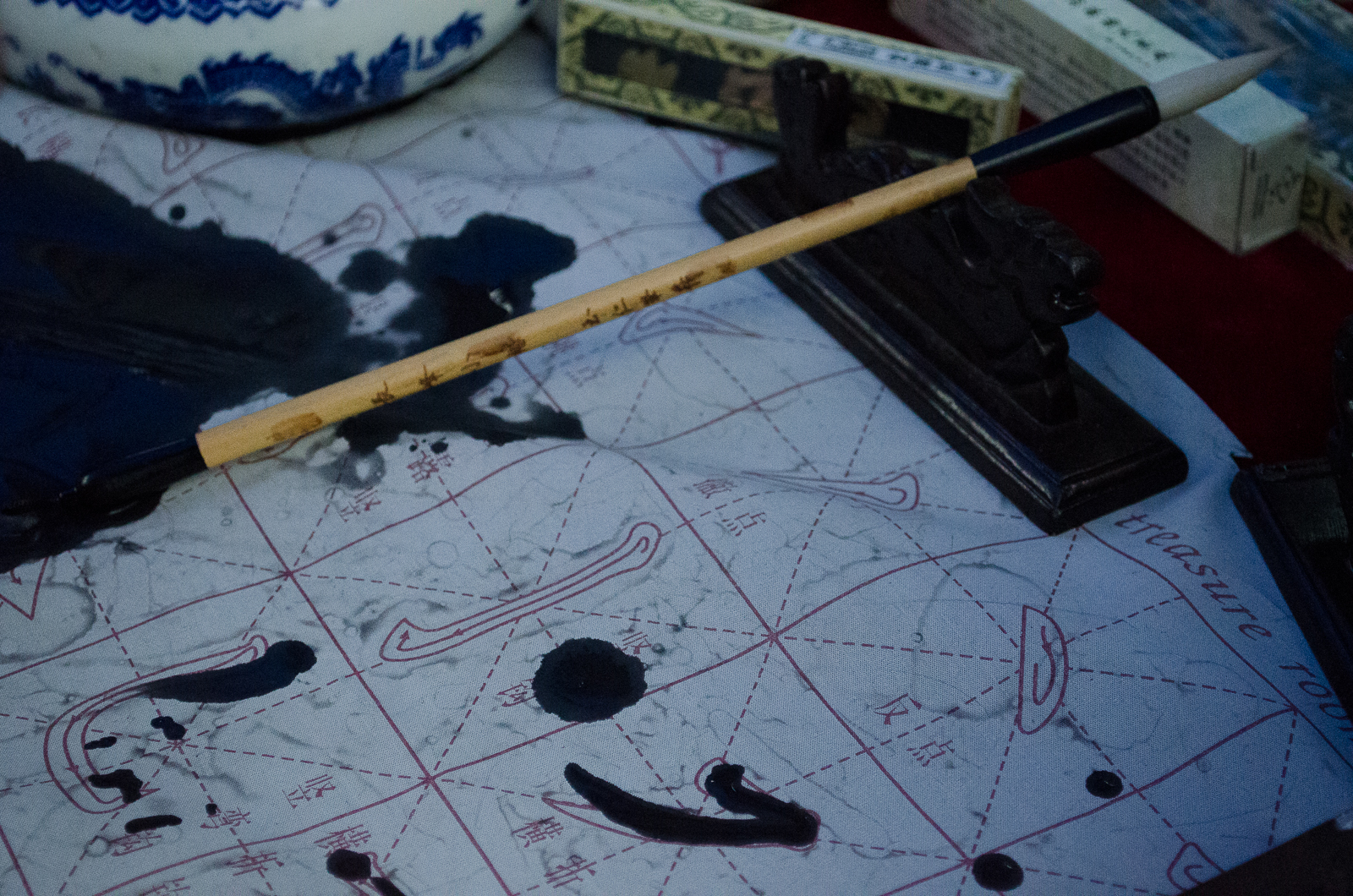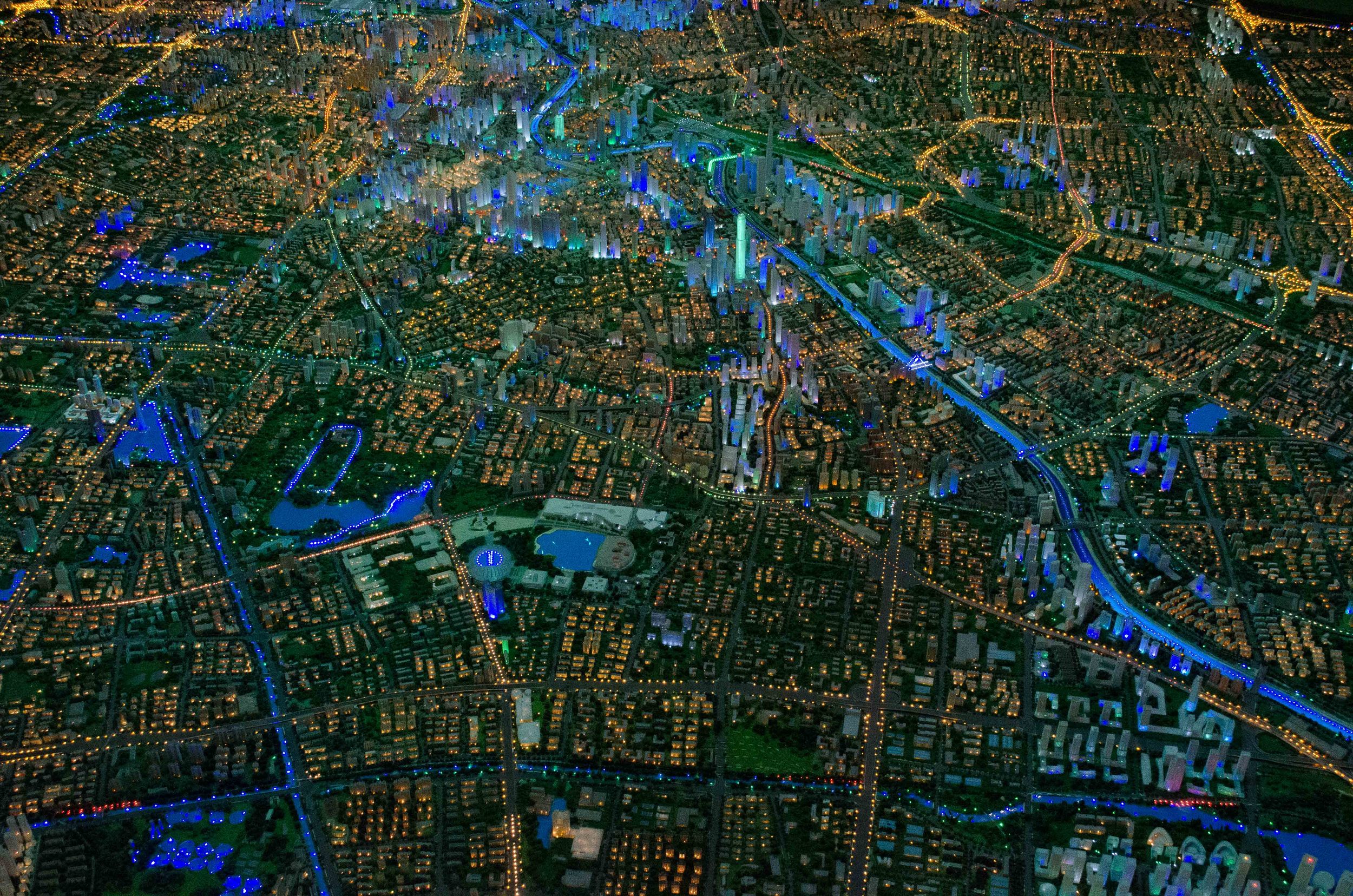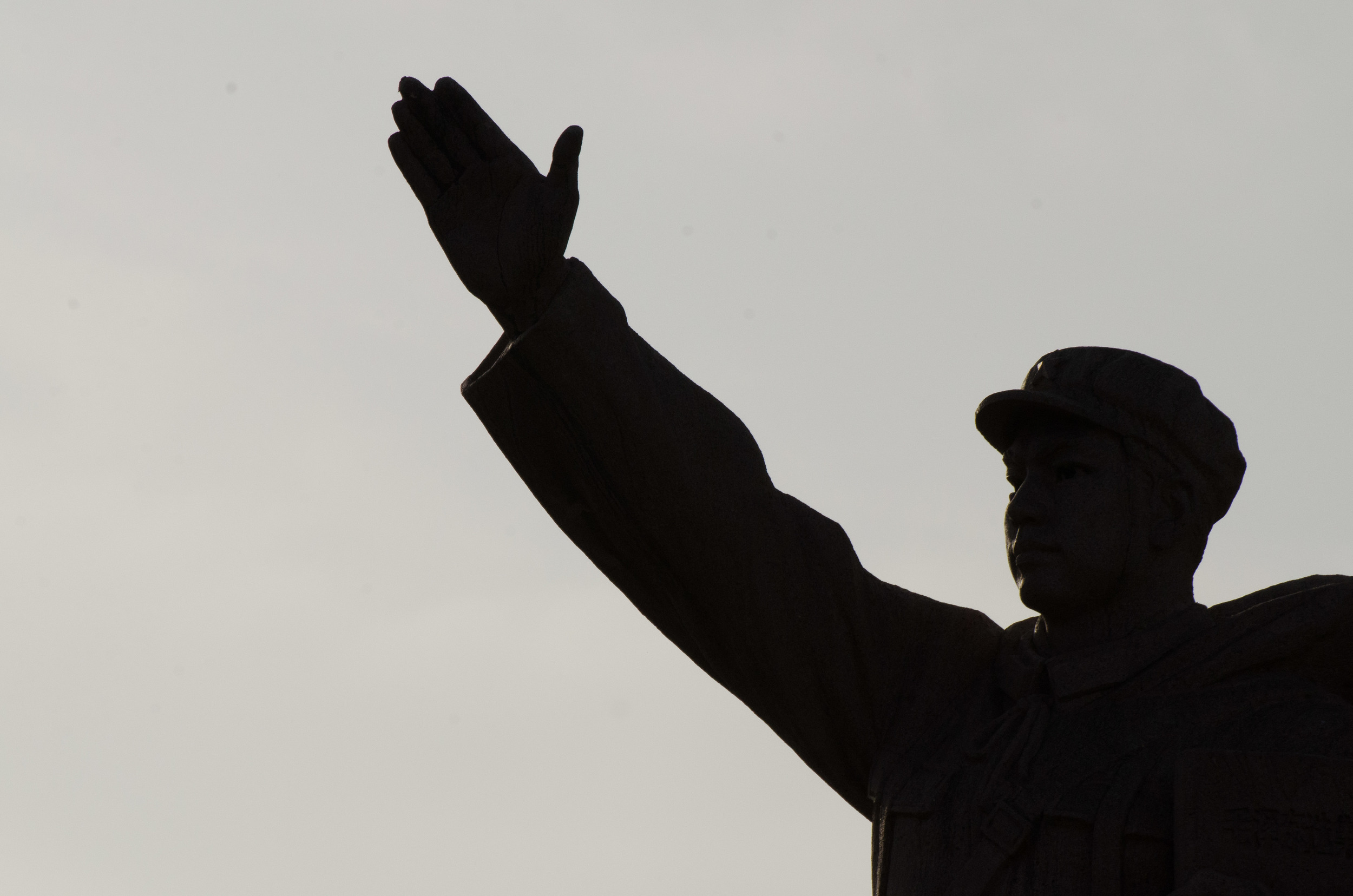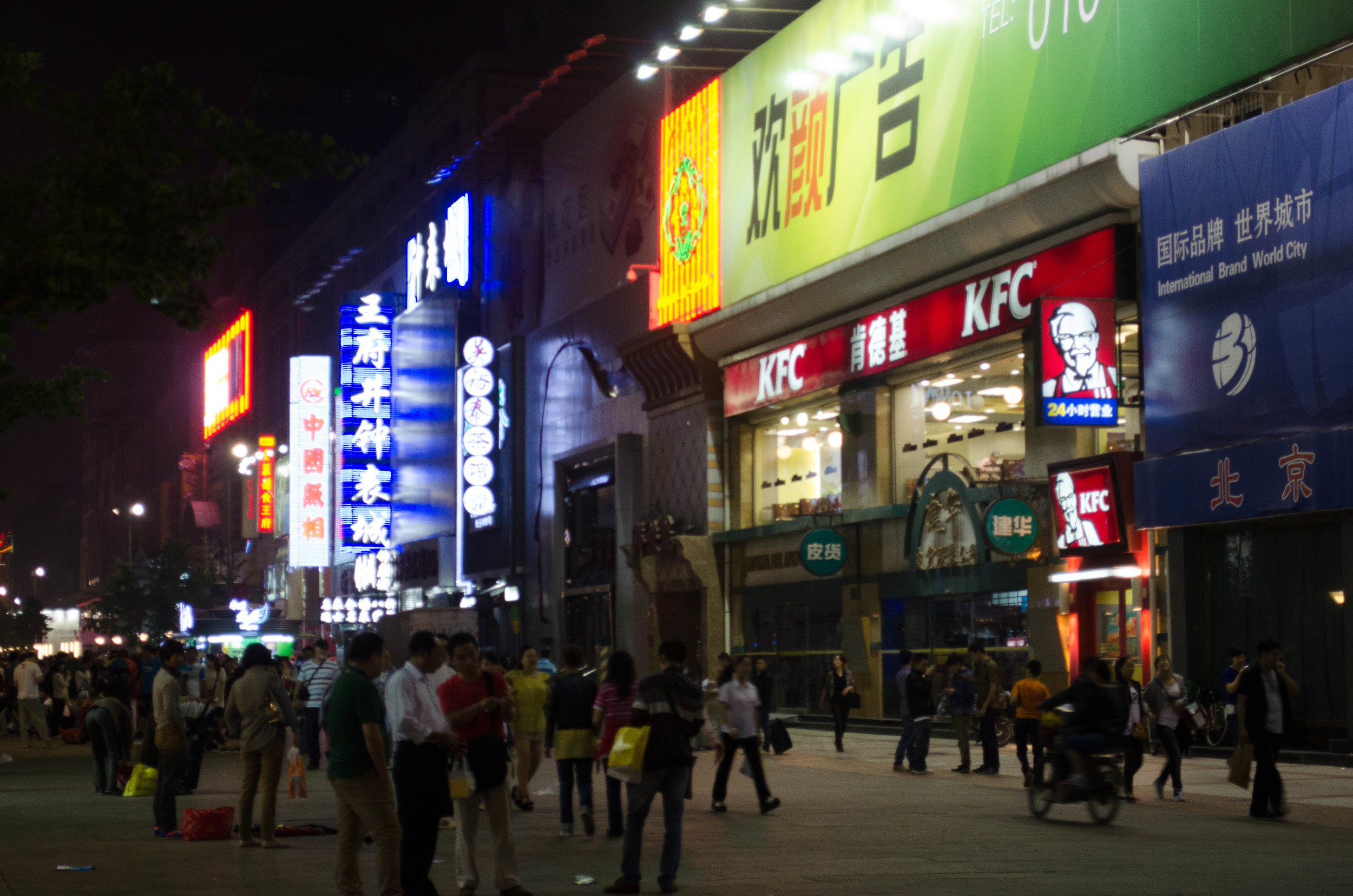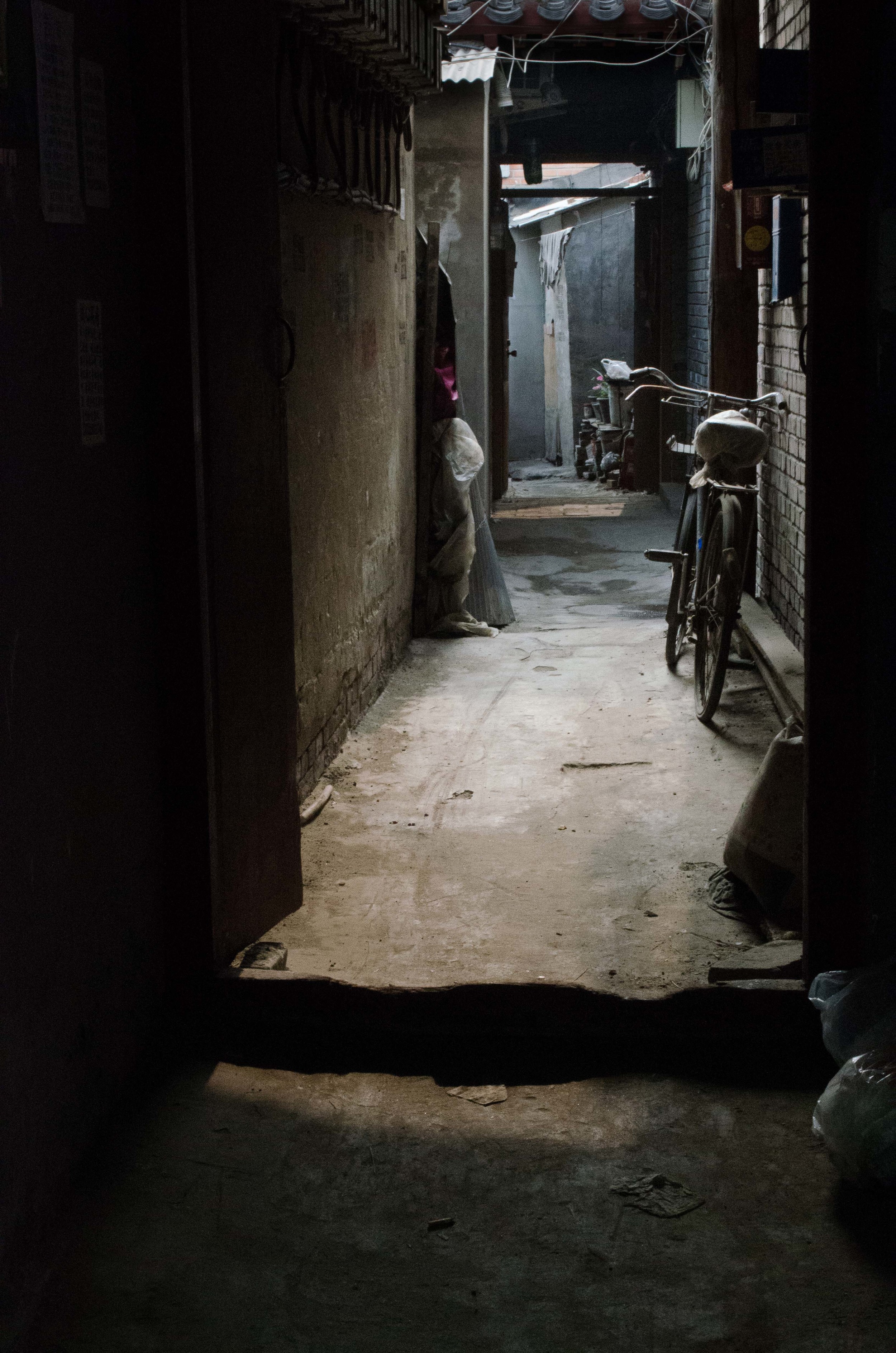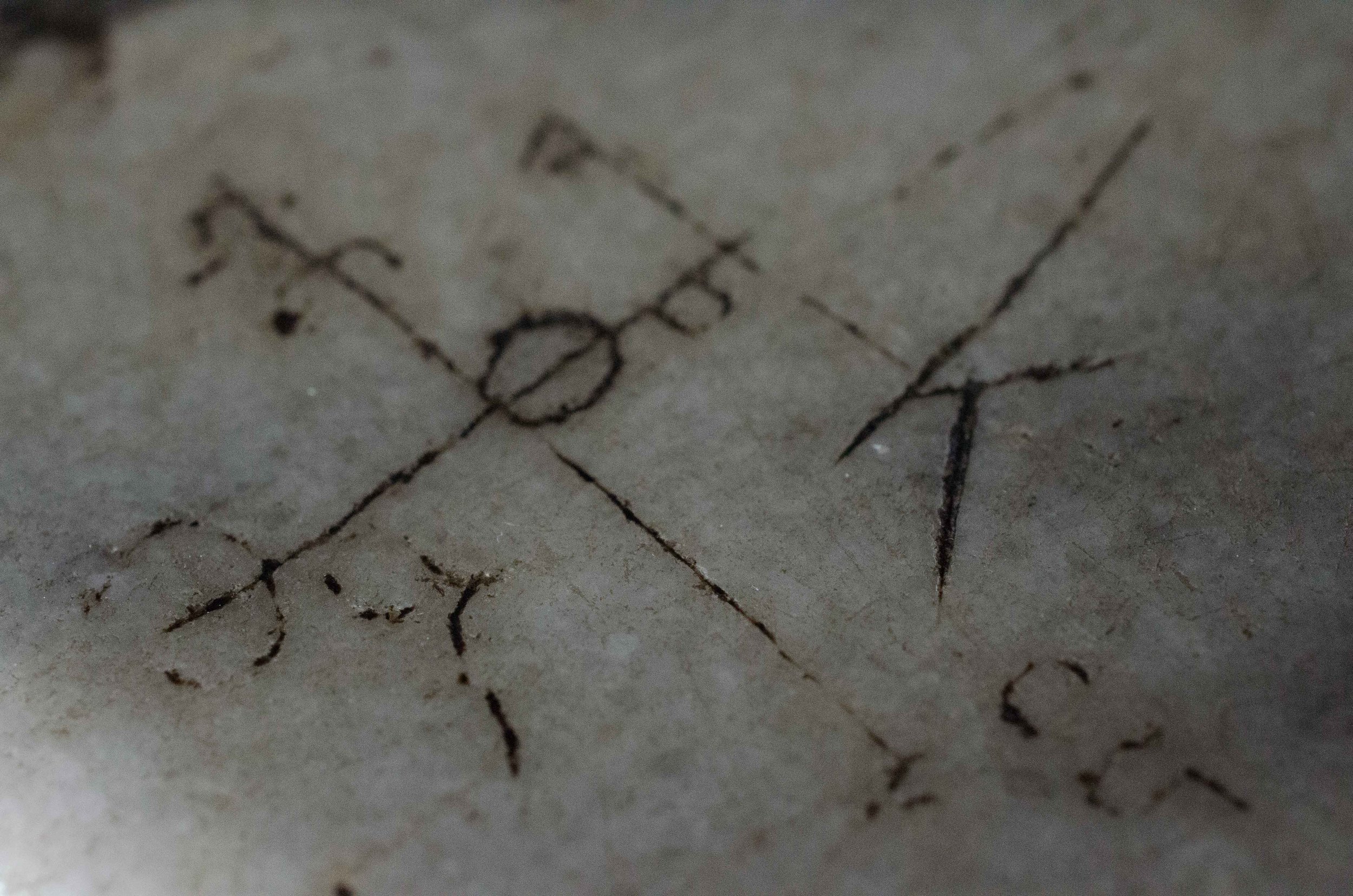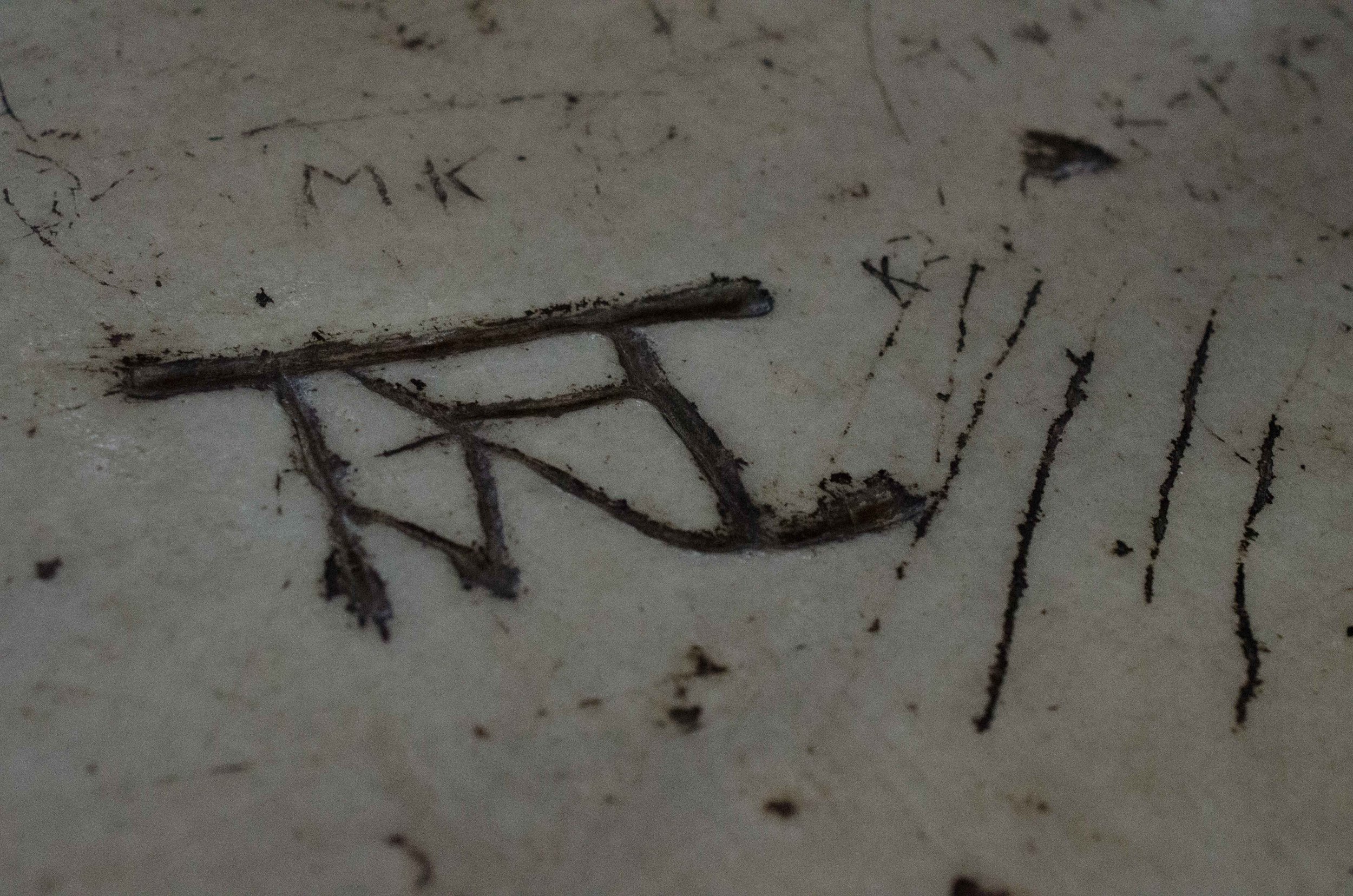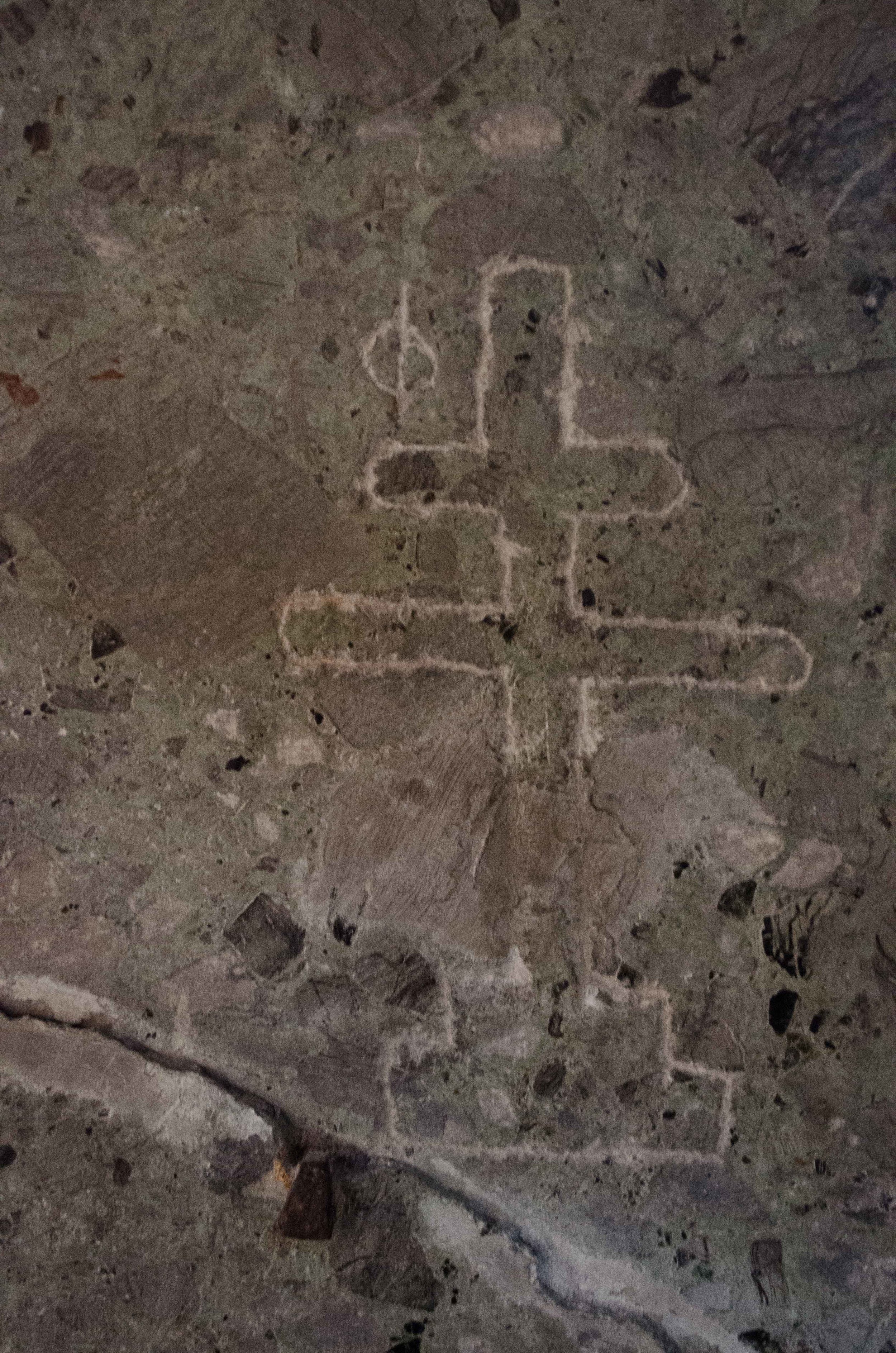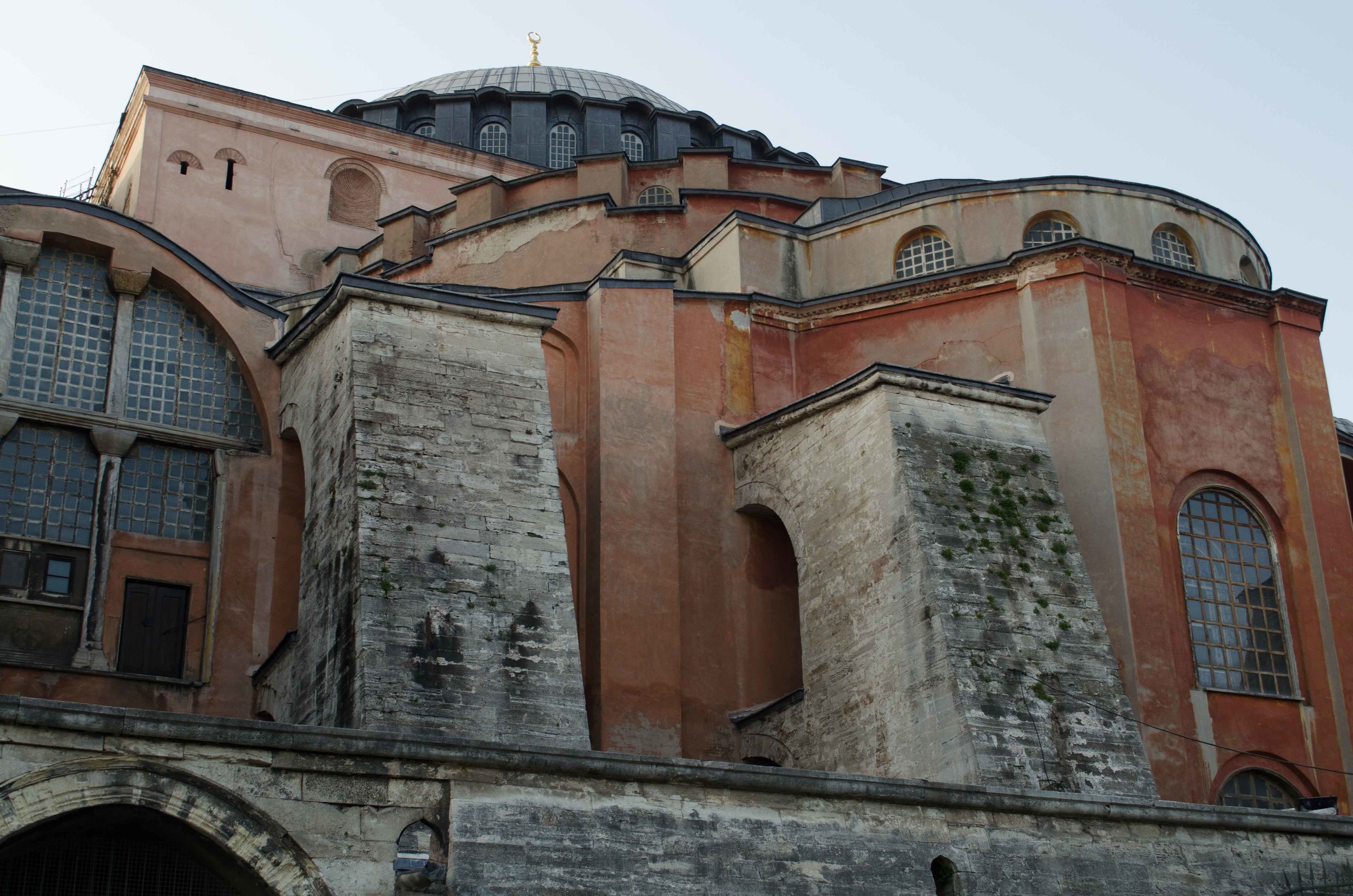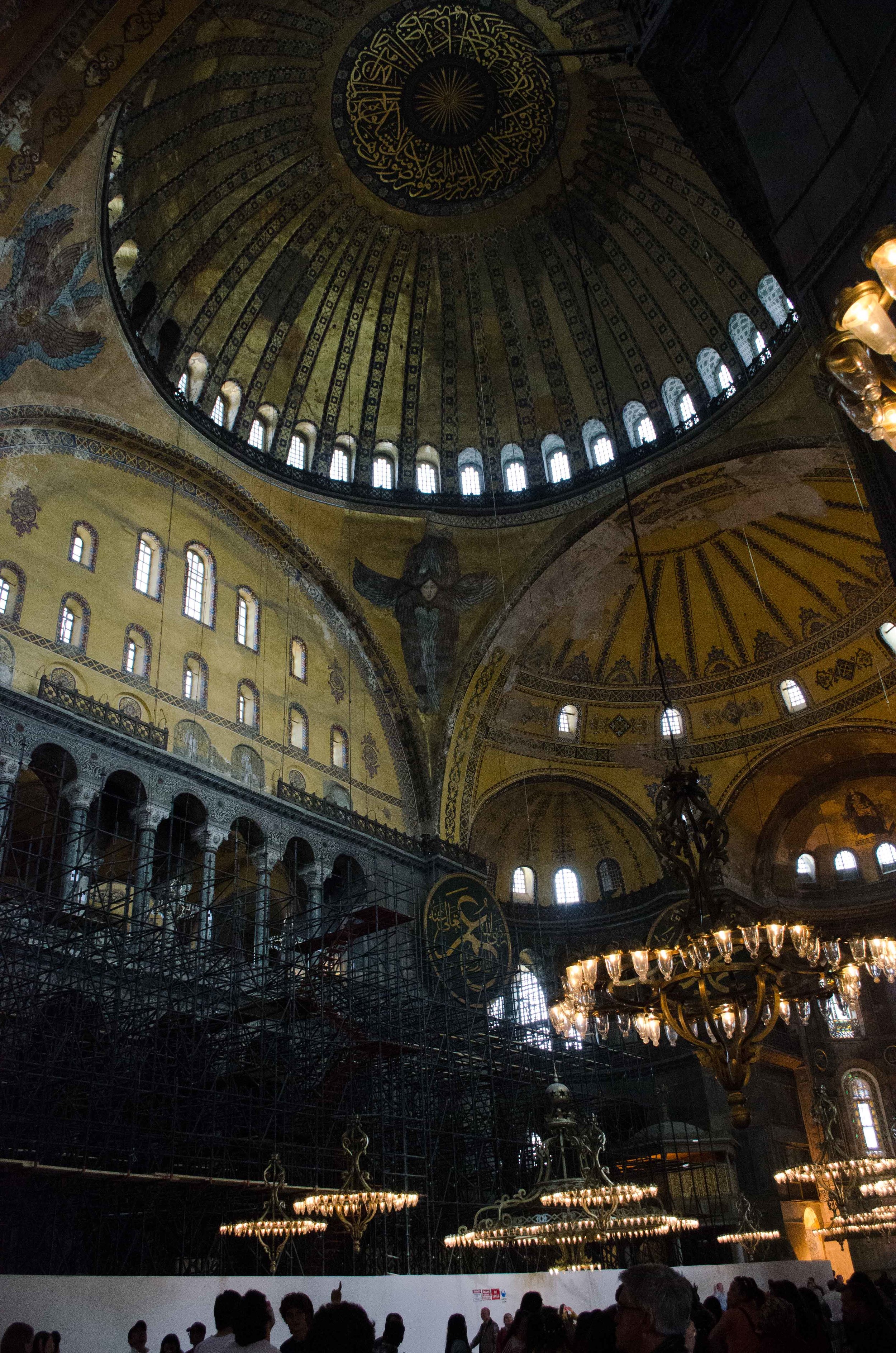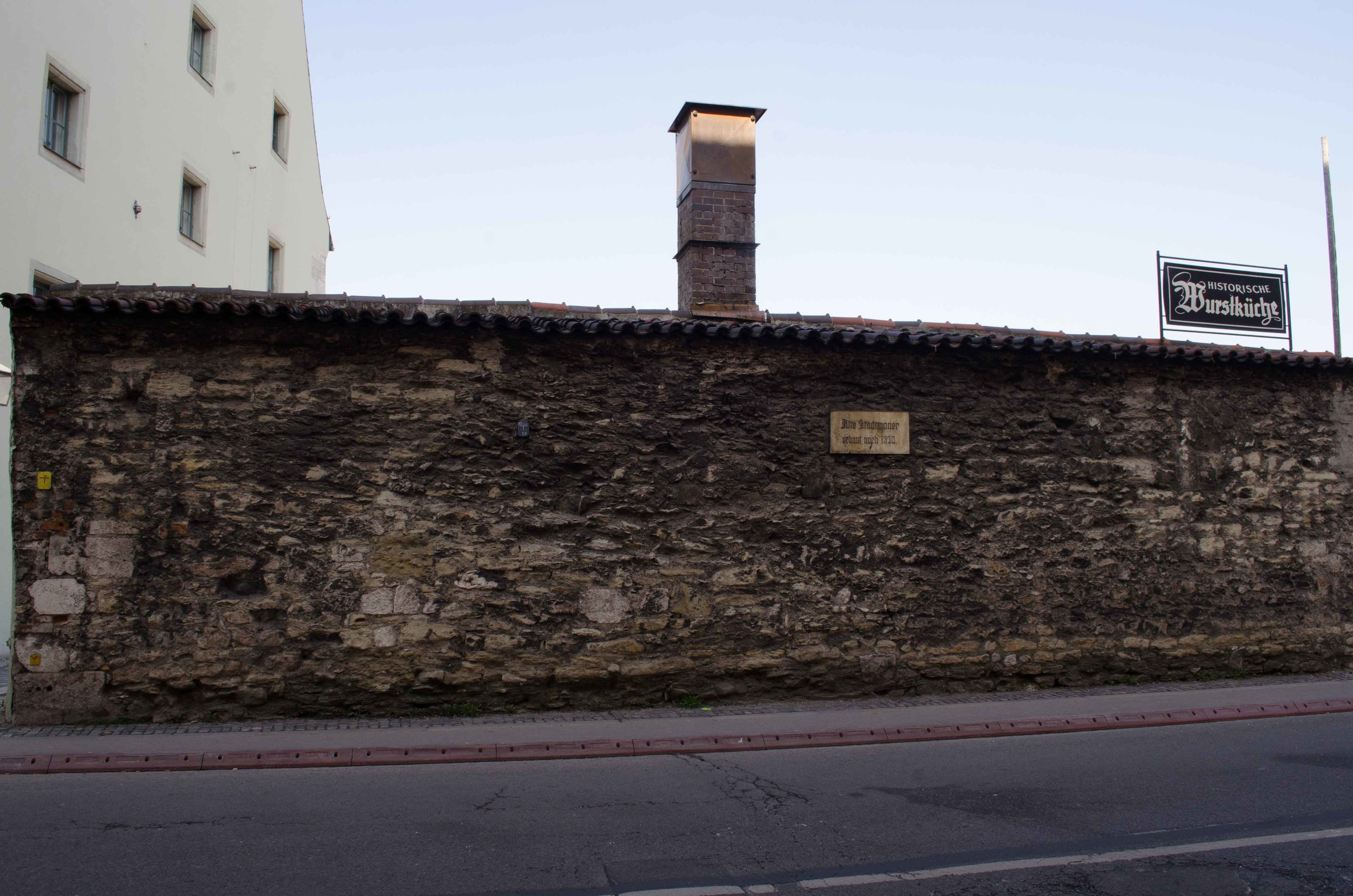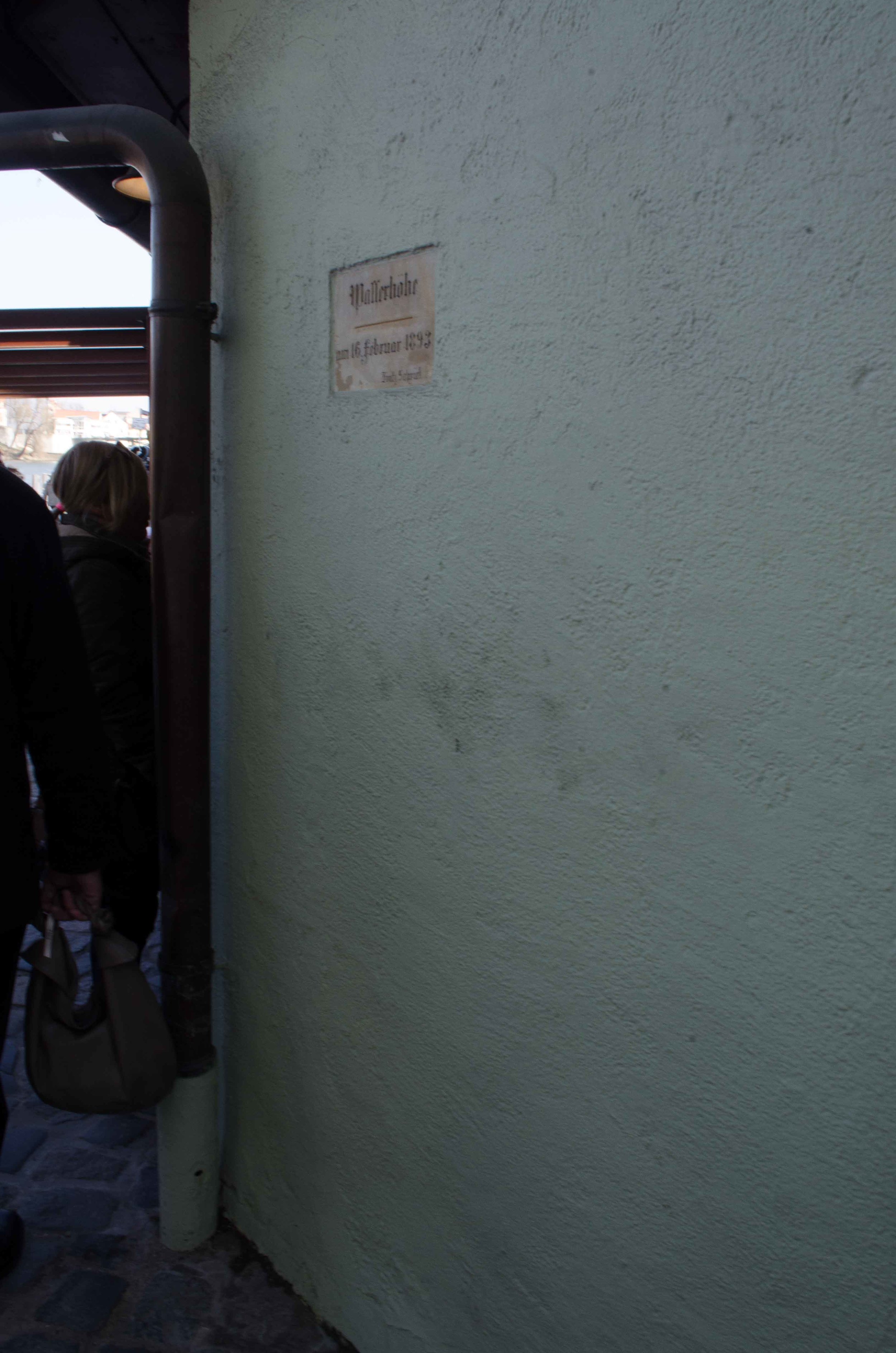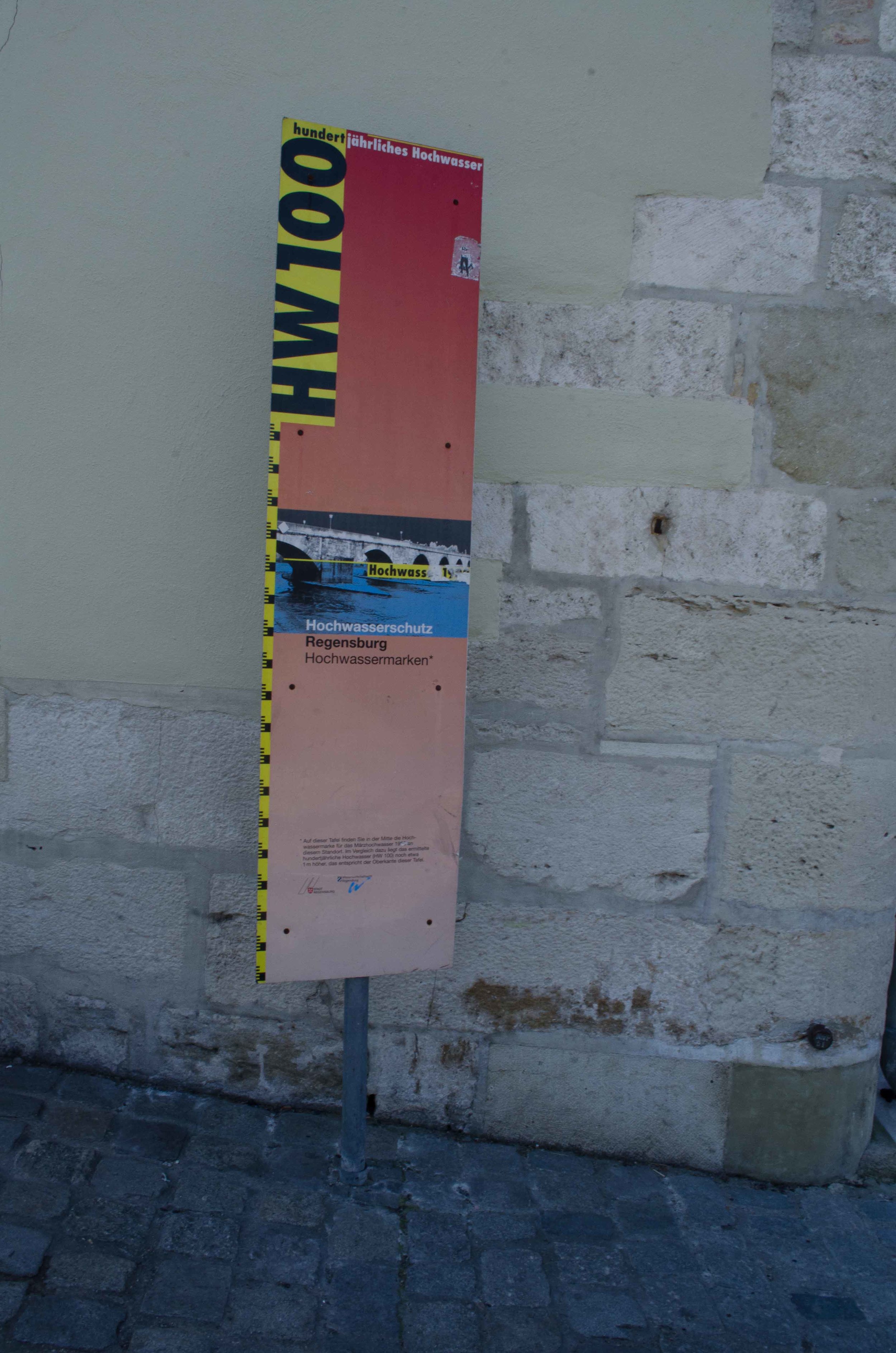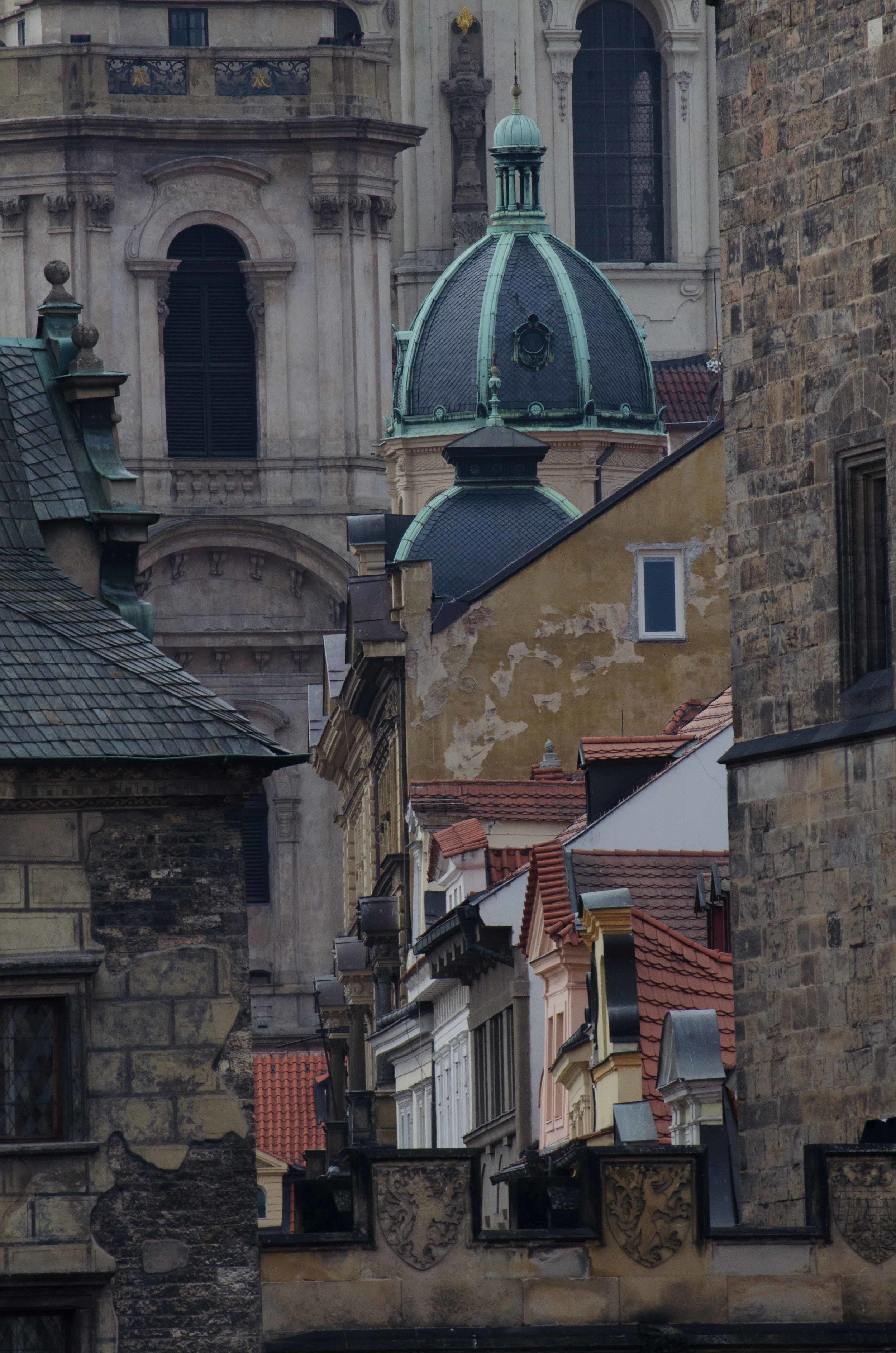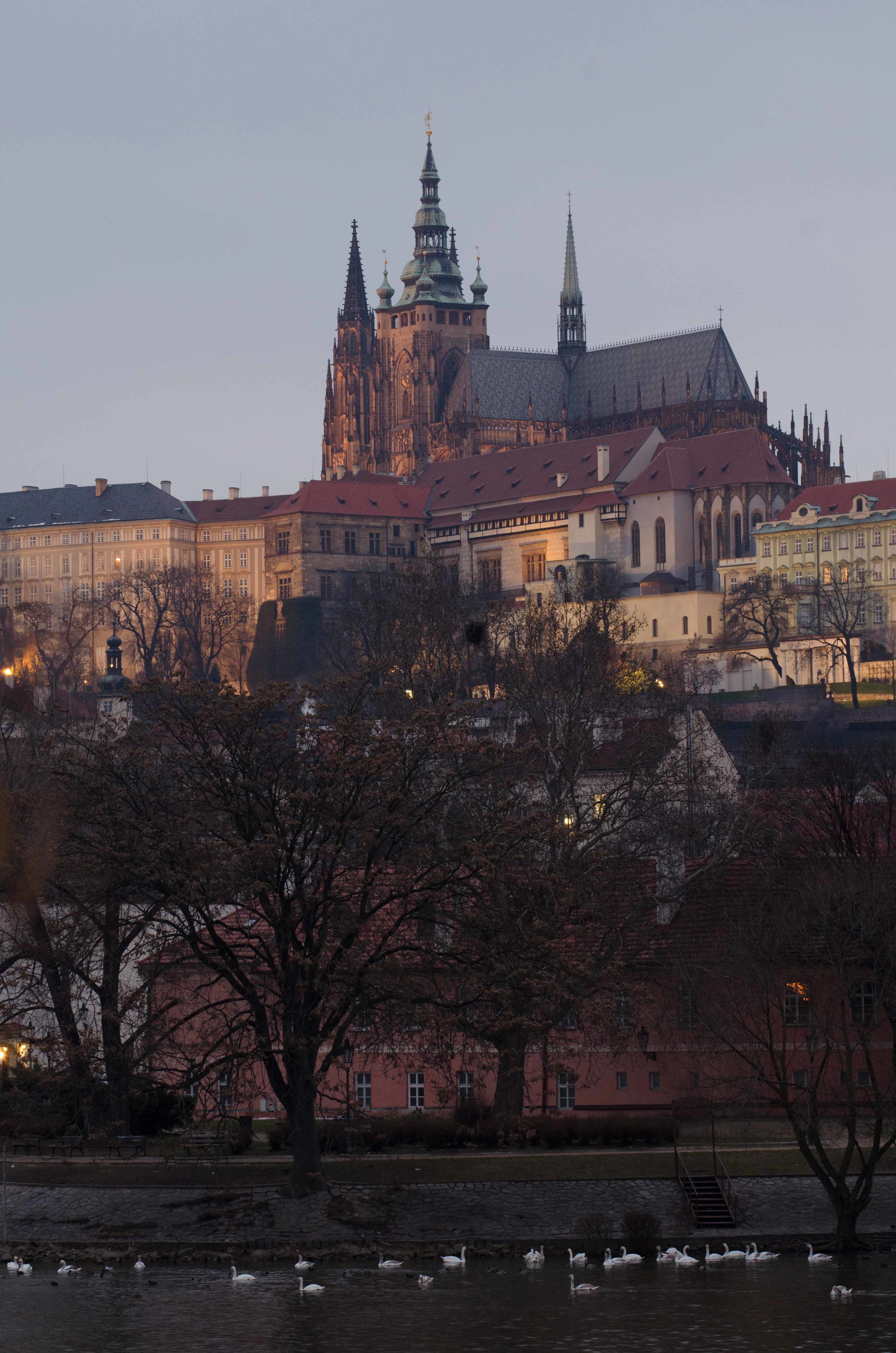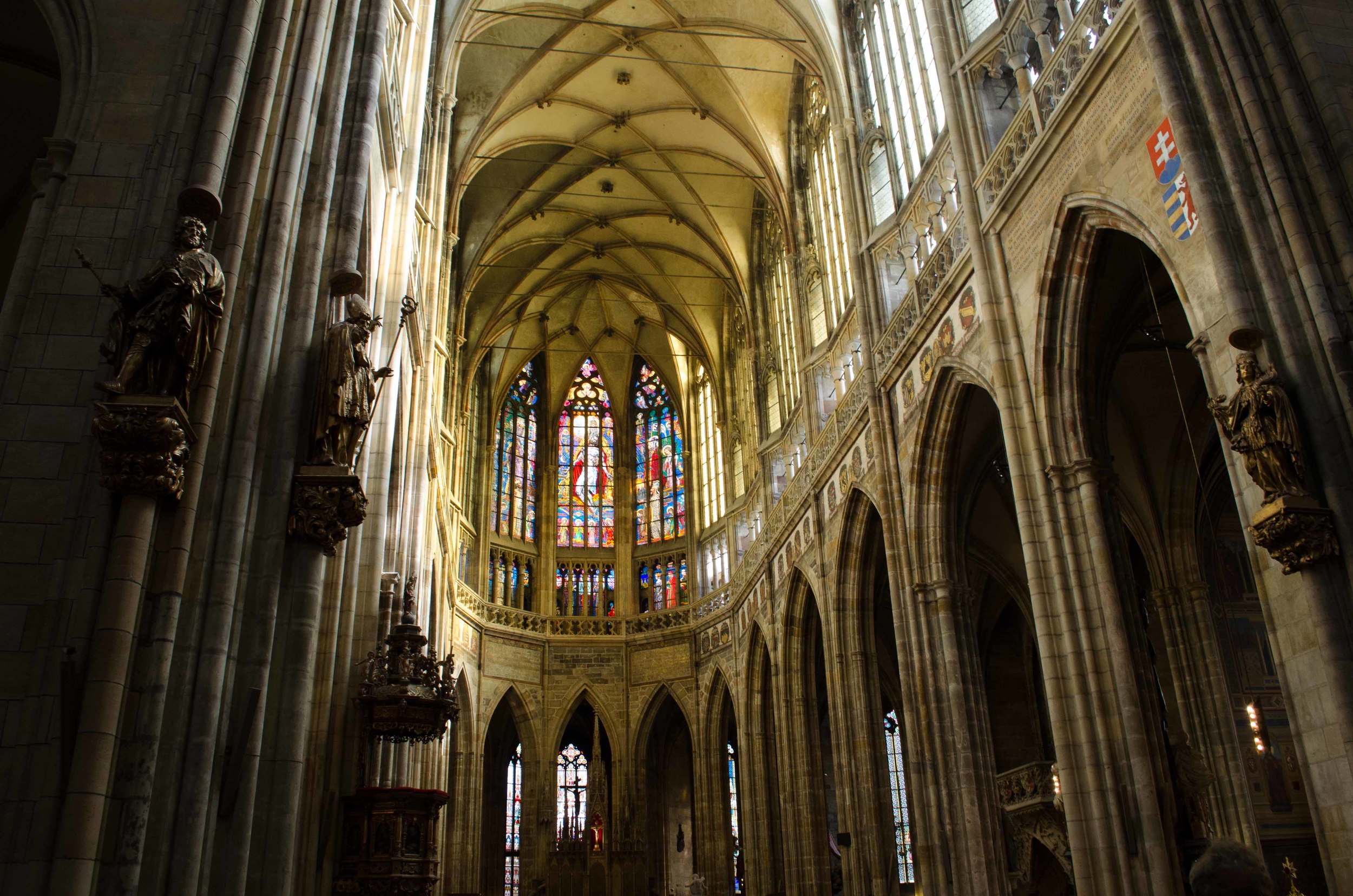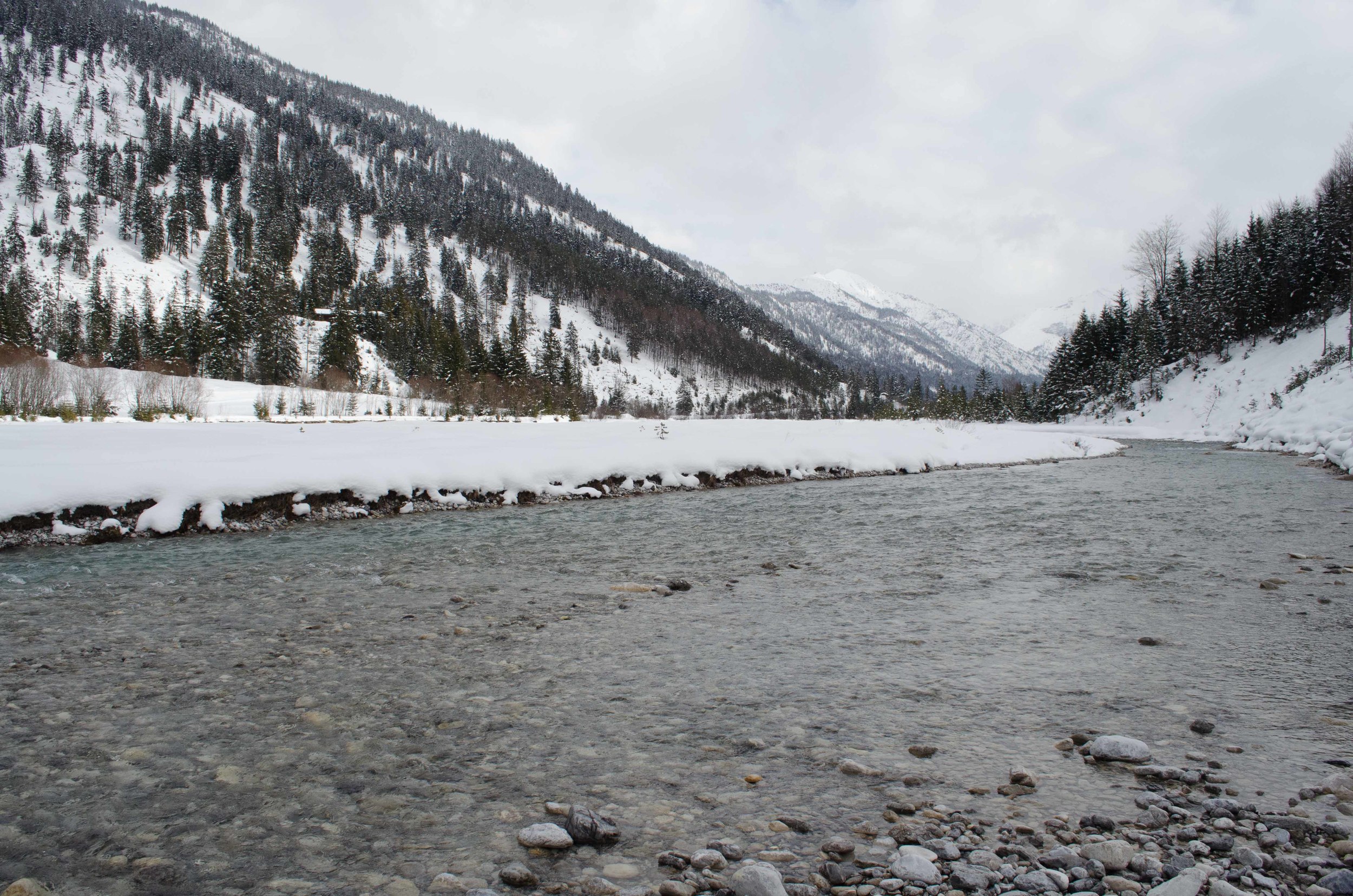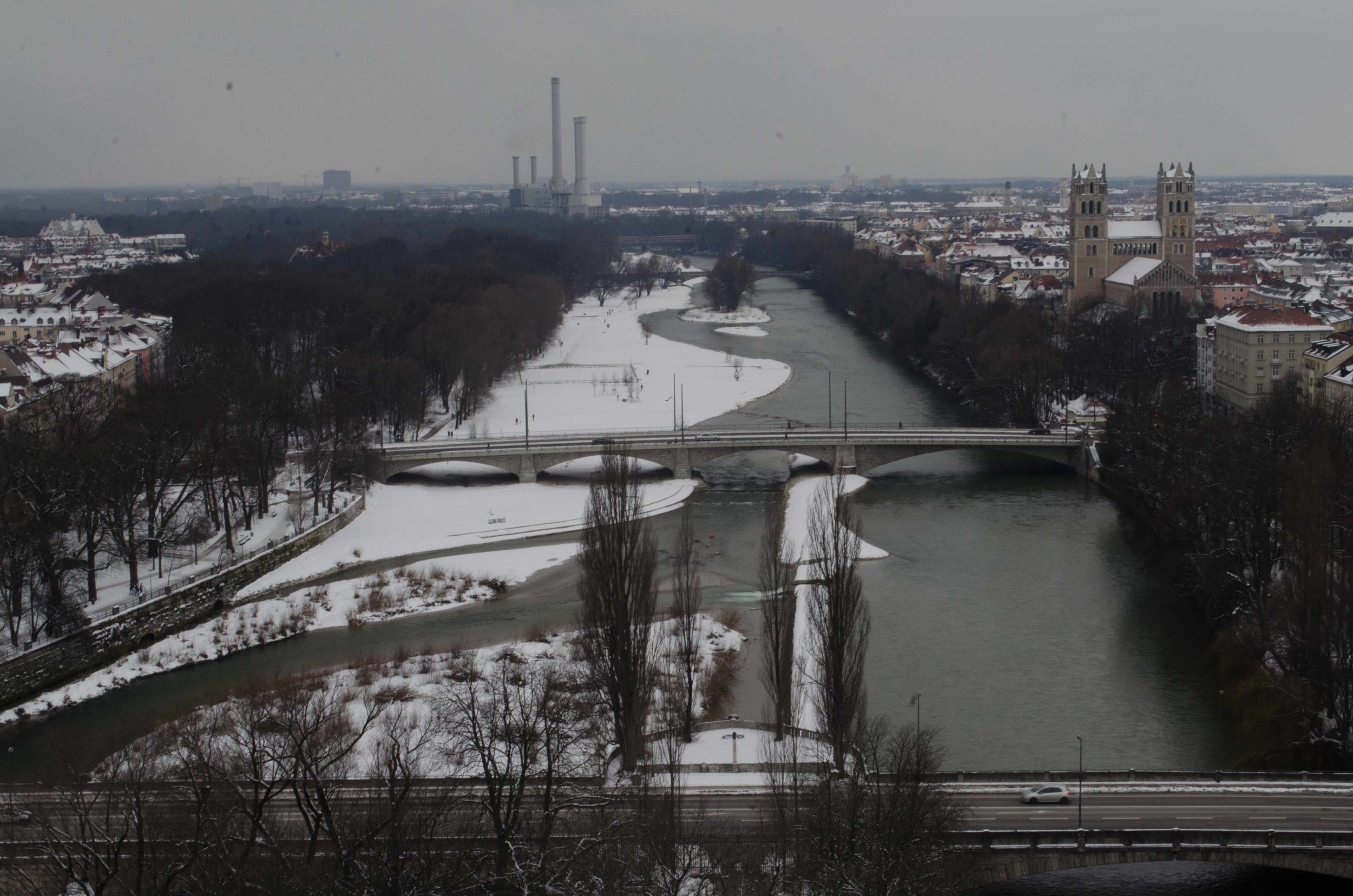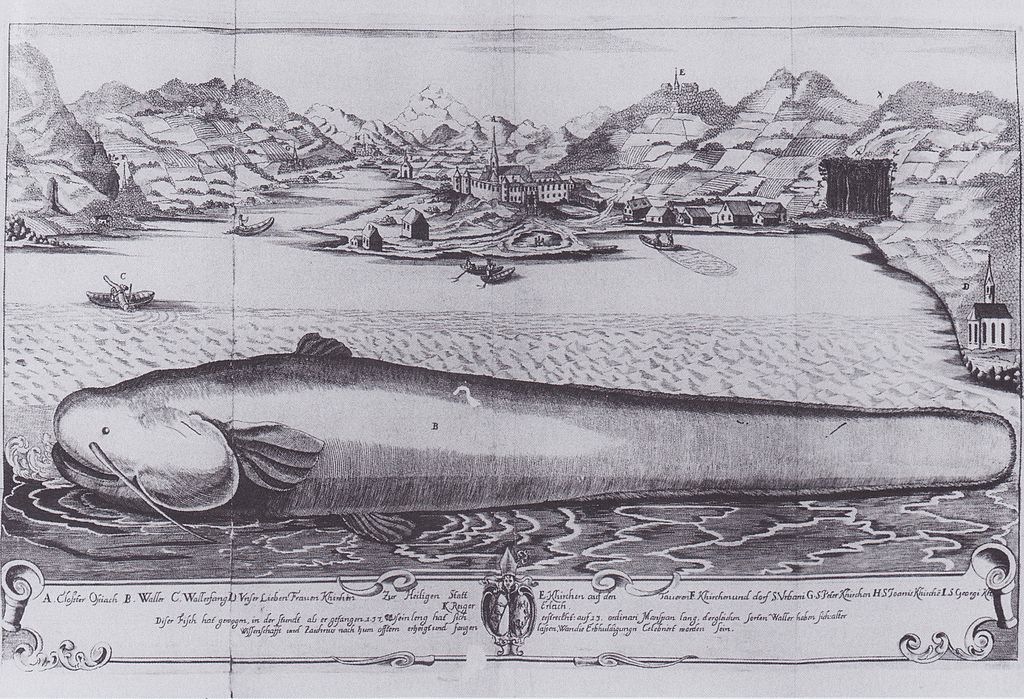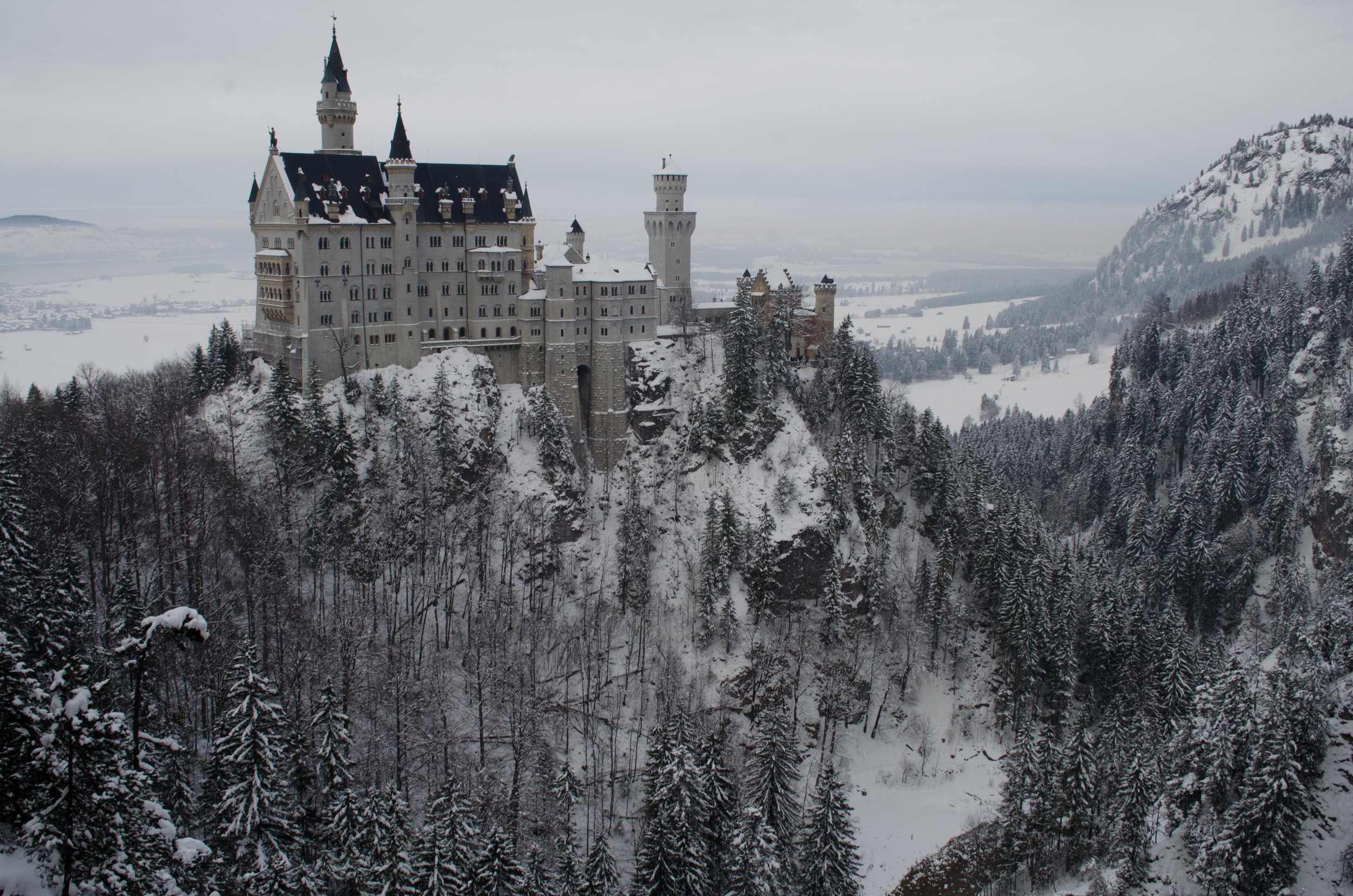One of my more unexpected and delightful trips this summer was to visit some long-time friends who have just moved back to Malta. I had never been to Malta, and was immediately struck by its landscape, climate, and architecture. The island nation is sun-drenched, and houses and buildings throughout the capital of Valetta and the smaller villages are made of the honey-colored limestone still quarried on the island. The island is very densely populated, and so it often looks like the dense clusters of tall buildings are carved out of the land itself—there is often a remarkable continuity from building to building, and at the harbor of Valetta it is at times almost like the houses are growing out of the rock walls.
It is startlingly dry, yet has a surprising amount of local agriculture. My friends told me that the agriculture is extensive and varied--but at the same time there is little water—most water is reclaimed sea water, and so everyone drinks bottled water (I can’t ever remember having drunk so much water. It was unbelievably hot (I was there in late July) and especially at mid-day, the sun was so extreme that you could almost feel it like a weight. But, in the mornings and evenings this was tempered by the Mediterranean breezes, and the evening we spent at the beach swimming in the bathtub warm sea was truly an intoxicating outdoor experience.
I also had the opportunity to see some pretty amazing historical areas and architectural achievements, including from two of the periods that make Malta unique—the dominion of the Knights of St. John and the tremendous and mysterious prehistoric era. First, in Valetta, I got the chance to explore the co-cathedral of St John, built in the 16th century to be the main church of the Order. From the outside, the Baroque cathedral is both intimidating and unassuming—it is fortress-like, built like so much else on the island from the golden limestone; it is flat and relatively unadorned (especially compared to the height of the Gothic!). But, like so many of the Baroque churches that I became accustomed to in Munich, the façade hides a lavish, over-the-top statement of the political and economic power of its builders:
This was one of the most extreme cathedral interiors I’ve ever seen!
The other buildings that completely floored me were the Neolithic temple complexes of Hagar Qin—two of the at least 11 temple sites on the islands that date to 5600-4500 years BP (Before Present, a dating method from archaeology and the paleo-sciences). These are possibly the oldest free-standing stone buildings in the world, and reflect a vibrant, organized, and stunningly capable early Maltese civilization. The temples are aligned with celestial events, and are organized in complex and protected series semi-circular interior rooms with increasingly limited access.
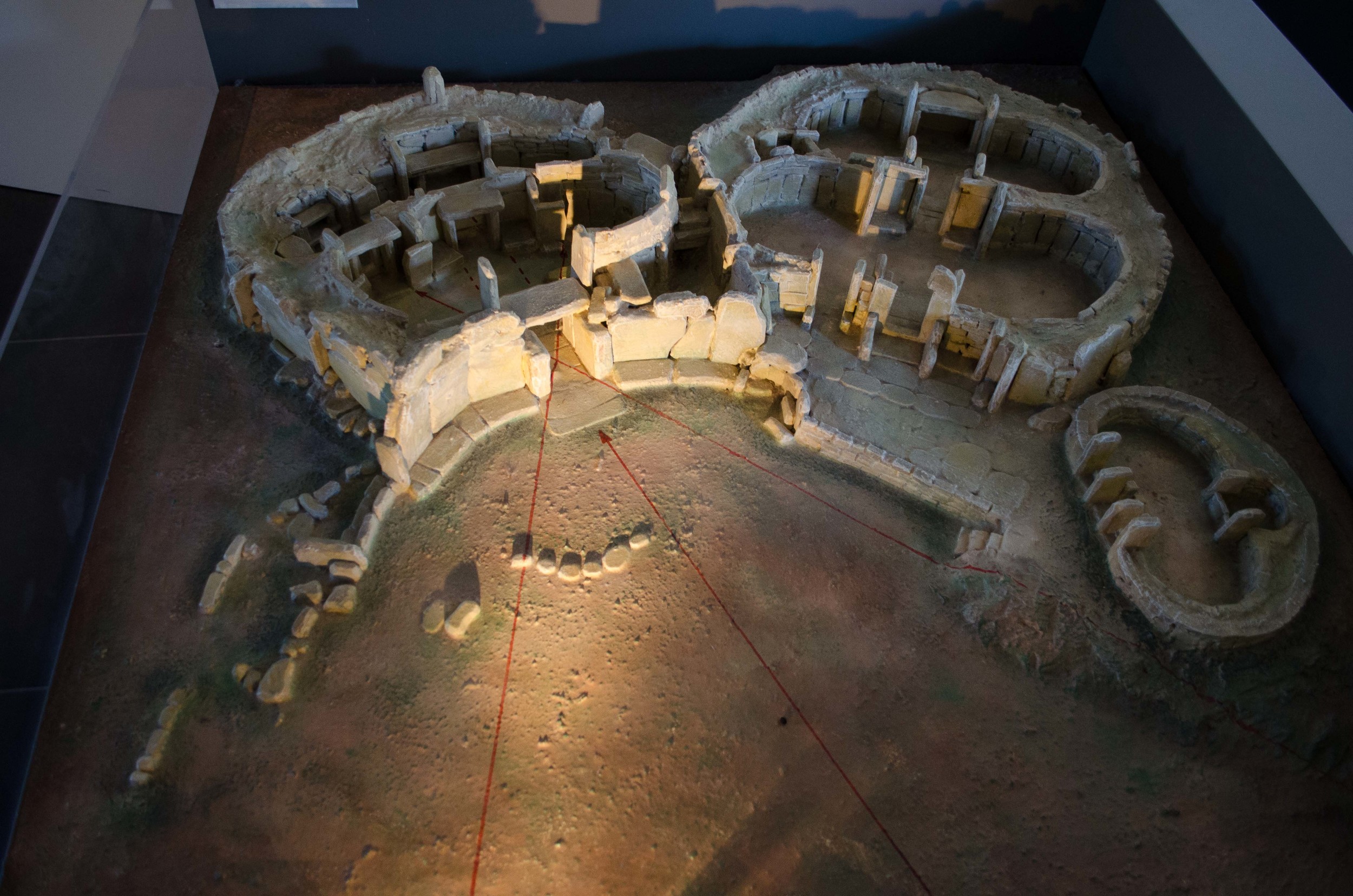
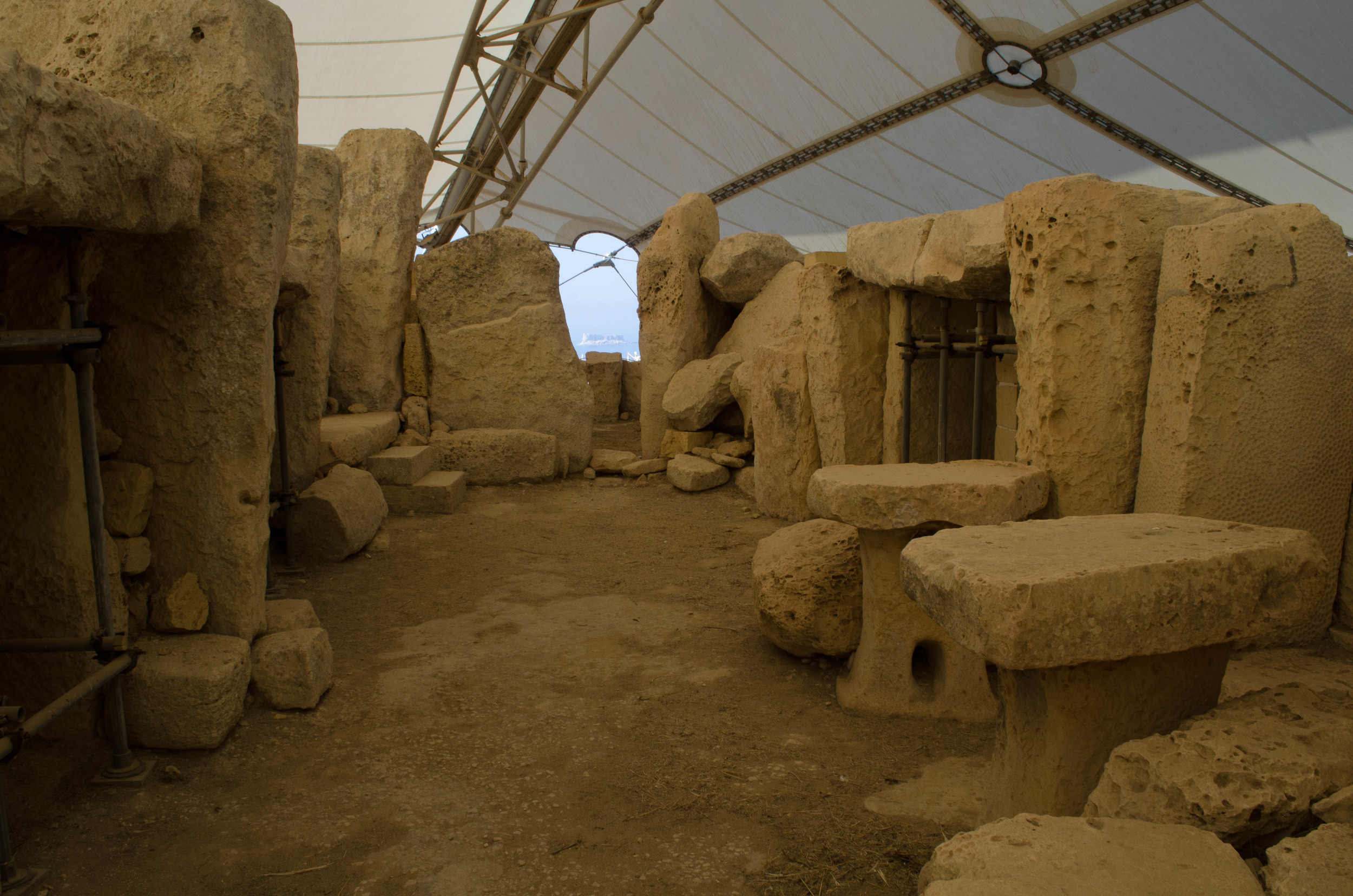
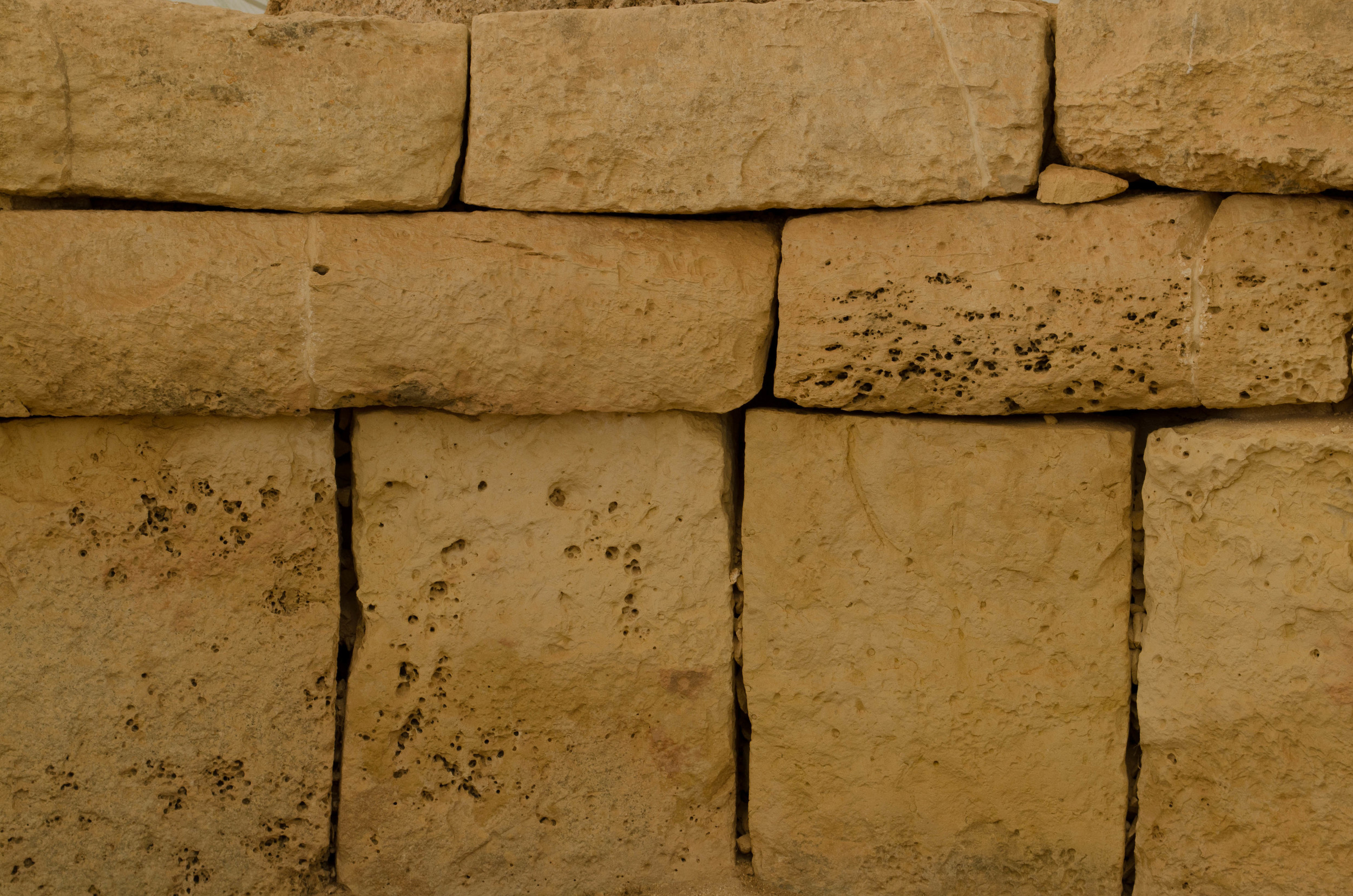
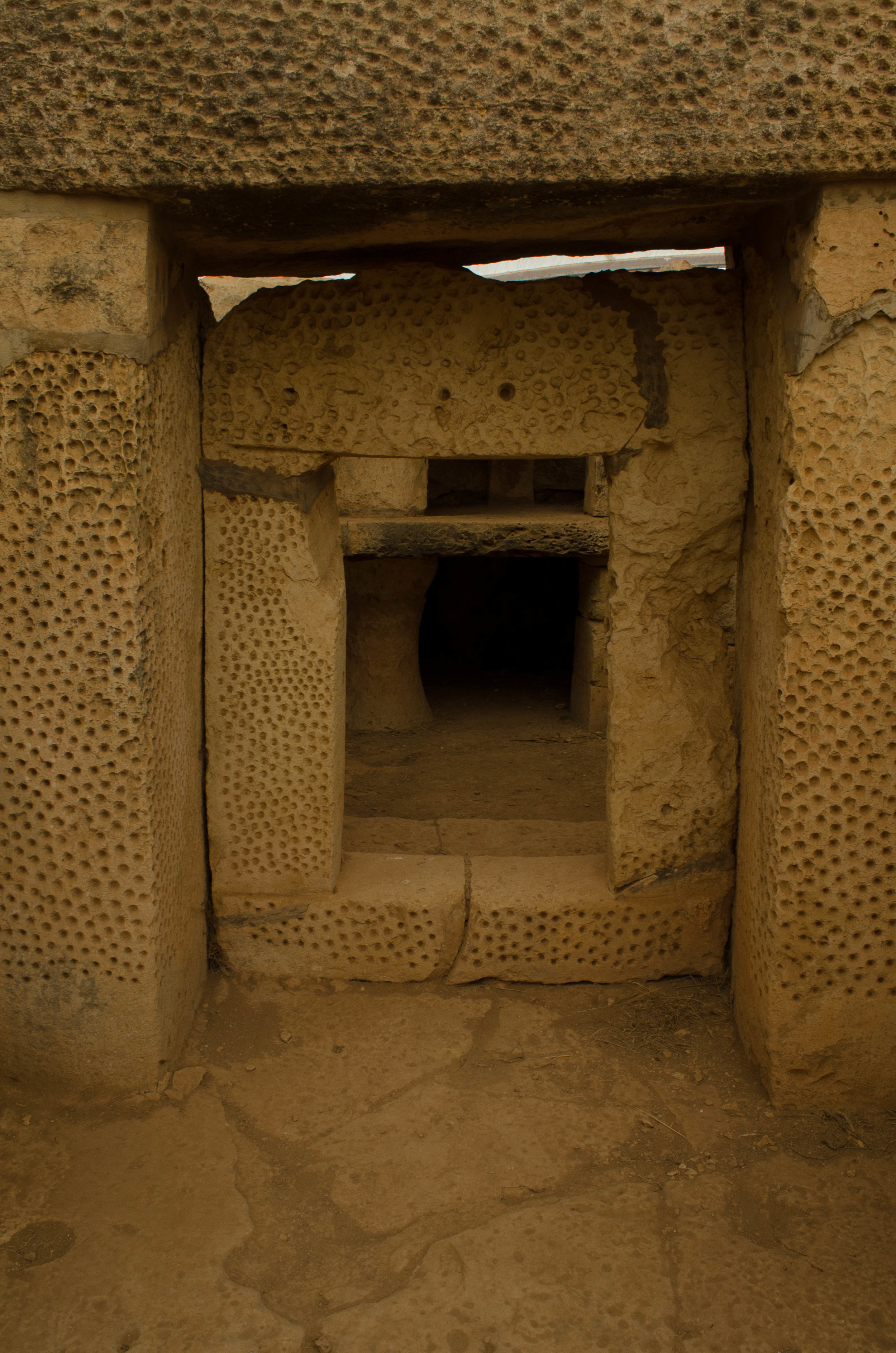 Made of megalithic limestone blocks (including again the golden, soft limestone that allowed for elaborate decoration) that were quarried on the island and moved on site (possibly using carved ball-bearing style limestone spheres, given the lack of trees), they reminded me of the sophistication of the much later Mycenean tombs and cities. I was lucky enough to see the temples alone (possibly because I was foolish enough to go from 10 am -11:30), and it augmented the sense of privileged access and gave me the chance to more fully appreciate the stunning (and remarkably inaccessible, given the effort of moving all of those stones!) locations of the temples.
Made of megalithic limestone blocks (including again the golden, soft limestone that allowed for elaborate decoration) that were quarried on the island and moved on site (possibly using carved ball-bearing style limestone spheres, given the lack of trees), they reminded me of the sophistication of the much later Mycenean tombs and cities. I was lucky enough to see the temples alone (possibly because I was foolish enough to go from 10 am -11:30), and it augmented the sense of privileged access and gave me the chance to more fully appreciate the stunning (and remarkably inaccessible, given the effort of moving all of those stones!) locations of the temples.
I first encountered these buildings when teaching world history and again as I read Braudel’s work on the ancient Mediterranean—they had (along with the dwarf elephants!) immediately captured my imagination, and I am so lucky to have been able to see them , and I am astounded by the labor, skill, and cultural resources they represent. They are a reminder of the many many innovations that pre-historic people made, of the global presence of creativity, spirituality, and social imaginations, and of the ineluctable nature of studying such a long ago era. All of these are things that I want to keep reminding myself of and introducing my students to this semester as I teach my ancient history class—and the very first people we will discuss? The temple-builders of Malta.
